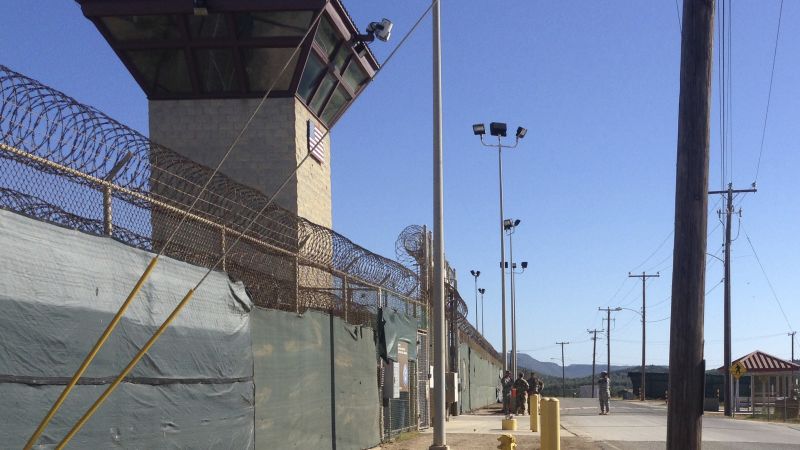In response to President Trump’s memorandum, plans are in motion to fly migrants from the US southern border to Guantanamo Bay, Cuba, a move that raises legal and logistical questions. While Guantanamo Bay has historically housed migrants interdicted at sea, this shift marks a departure as migrants are now being transported from within the United States. Concerns have been raised about the applicability of US immigration law in this scenario, particularly regarding the rights and duration of detainment for these individuals.
Despite assurances from senior Trump officials portraying the facility as a solution for both migrants and hardened criminals, details about the migrants’ rights, access to legal services, and the duration of their stay remain unclear. The construction of tent facilities at Guantanamo Bay, involving military support services such as marines and the army, indicates preparations for a significant influx of migrants. Furthermore, discussions with private contractors are underway to build additional facilities capable of housing up to 30,000 individuals for repatriation to their countries of origin.
Homeland Security Secretary Kristi Noem emphasized that the goal is not to hold migrants indefinitely but to follow legal processes and laws governing immigration. Under the Biden administration, similar considerations were made for using the center during mass maritime migration events. The management of the Guantanamo Bay detention facility for migrants is expected to be overseen by Immigrations and Customs Enforcement, expanding upon existing migrant centers. These developments highlight the complex and evolving landscape of immigration policies and practices in the United States.

